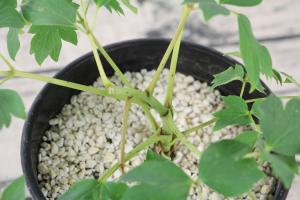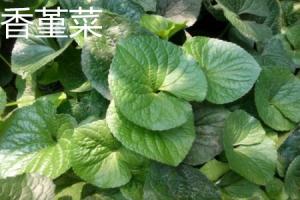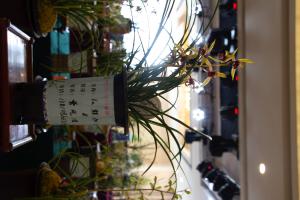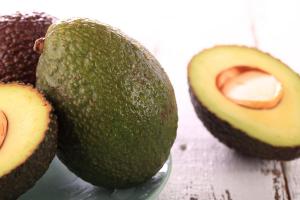How to Prune a Corn Plant
Corn plants are a popular indoor plant due to their attractive foliage and low maintenance requirements. However, as they grow taller, they may require pruning to maintain their shape and prevent them from becoming too top-heavy. In this article, we will discuss how to prune a corn plant to ensure it remains healthy and vibrant.
1. Timing is Key
When it comes to pruning a corn plant, timing is key. The best time to prune your plant is in early spring or early summer when it is actively growing. Avoid pruning during the winter months or when the plant is in a dormant phase, as this can stress the plant and cause damage.
2. Gather Your Tools
Before pruning your plant, make sure you have the right tools. You will need a pair of sharp pruning shears and a clean, damp cloth for wiping down the blades. It is important to use sharp tools to avoid damaging the plant and to maintain a clean cut that will heal quickly.
3. Identify the Branches to Prune
Take a close look at your corn plant and identify the branches that need pruning. Look for branches that are crossing over each other, growing outwards, or are damaged or dead. These branches can be pruned to improve the overall health and appearance of the plant.
4. Prune the Branches
Using sharp pruning shears, make clean cuts just above the junction of the branch and the stem. Avoid leaving any stubs or tearing the bark, as this can leave the plant vulnerable to disease and pests. Make sure to wipe down the blades of the pruning shears with a clean, damp cloth after each cut to prevent the spread of disease.
5. Maintain the Plant's Shape
As you prune your corn plant, keep in mind the shape you want to maintain. If you want a fuller, bushier plant, prune the tips of the branches to encourage more lateral growth. If you want a taller, more streamlined plant, prune the lower branches to create a more elevated shape.
6. Monitor the Plant's Health
After pruning your corn plant, monitor its health to ensure it is recovering well. Watch for any signs of stress or disease, and take action if necessary. Continue to prune your plant if needed to maintain its shape and promote healthy growth.
In conclusion, pruning a corn plant is an important part of maintaining its health and appearance. By following these simple steps, you can ensure your plant stays healthy and vibrant for years to come. Remember to always use sharp tools, prune at the right time, and monitor your plant's health regularly to ensure successful results.

 how many times do yo...
how many times do yo... how many planted tre...
how many planted tre... how many pine trees ...
how many pine trees ... how many pecan trees...
how many pecan trees... how many plants comp...
how many plants comp... how many plants can ...
how many plants can ... how many plants and ...
how many plants and ... how many pepper plan...
how many pepper plan...































